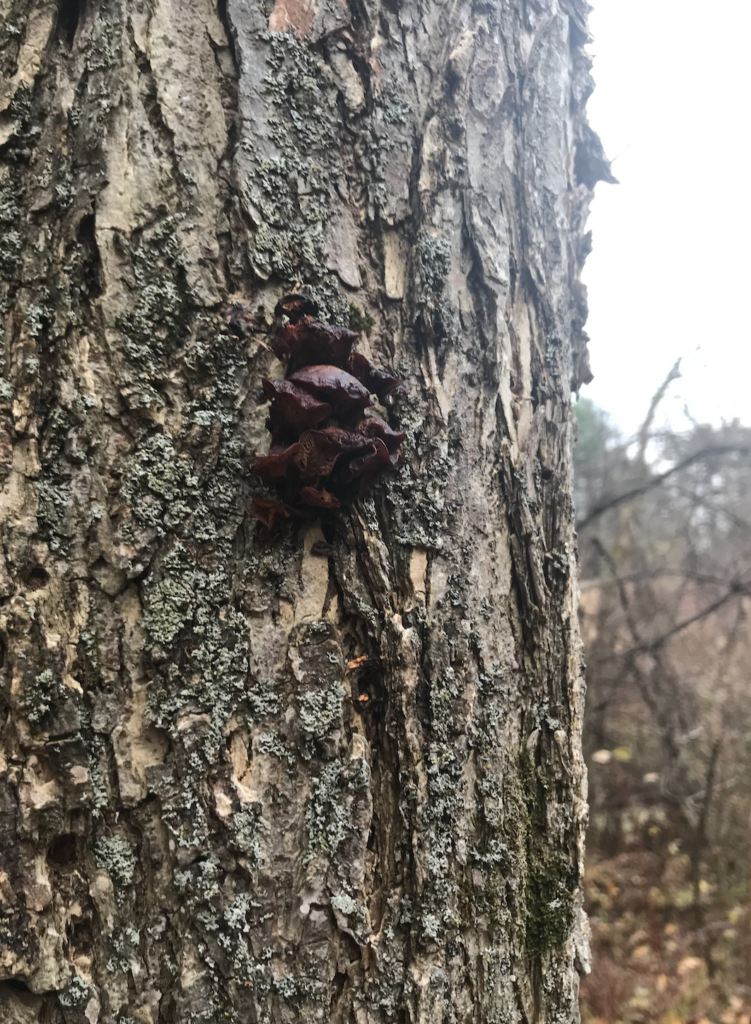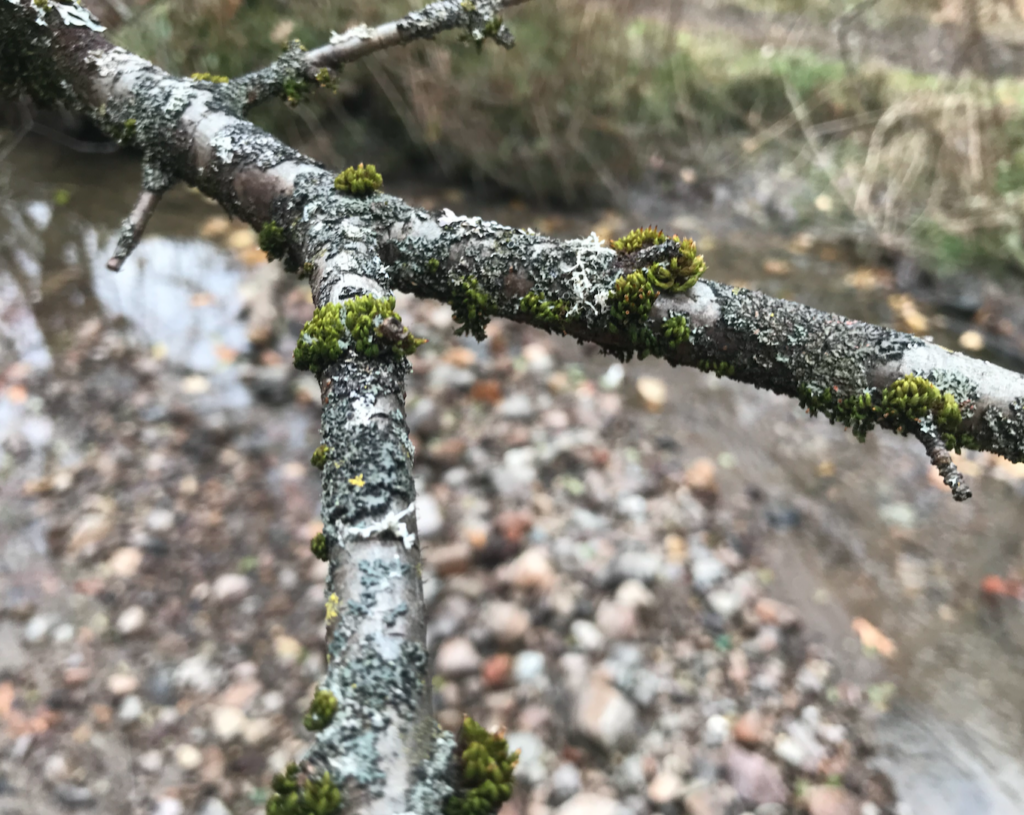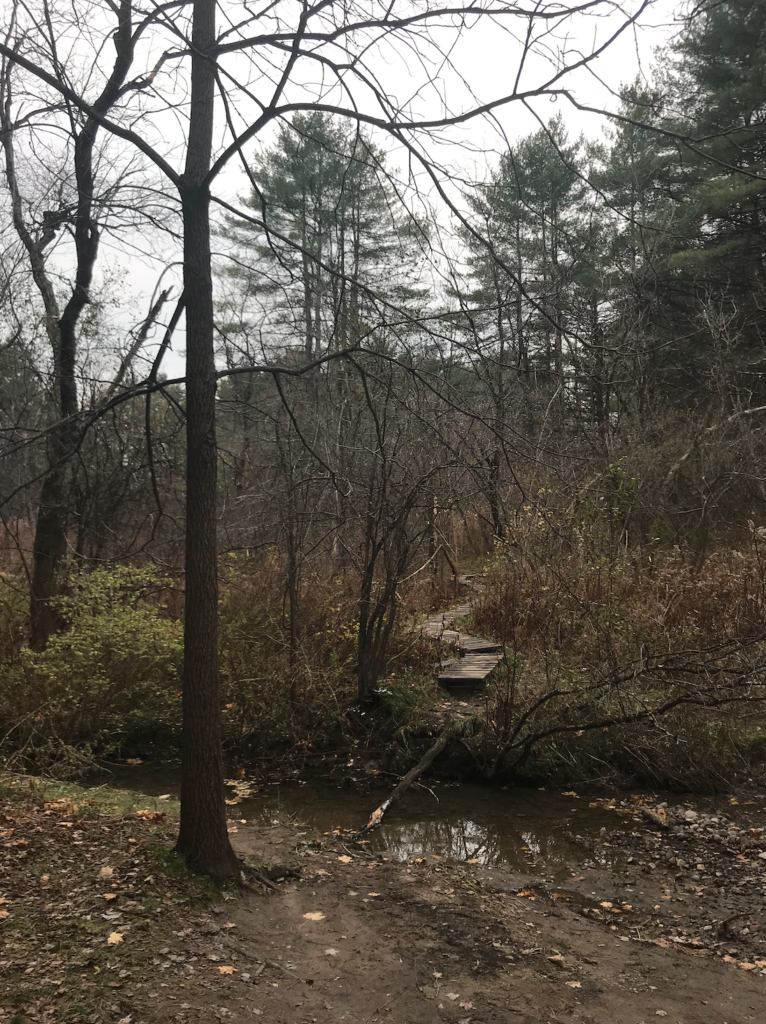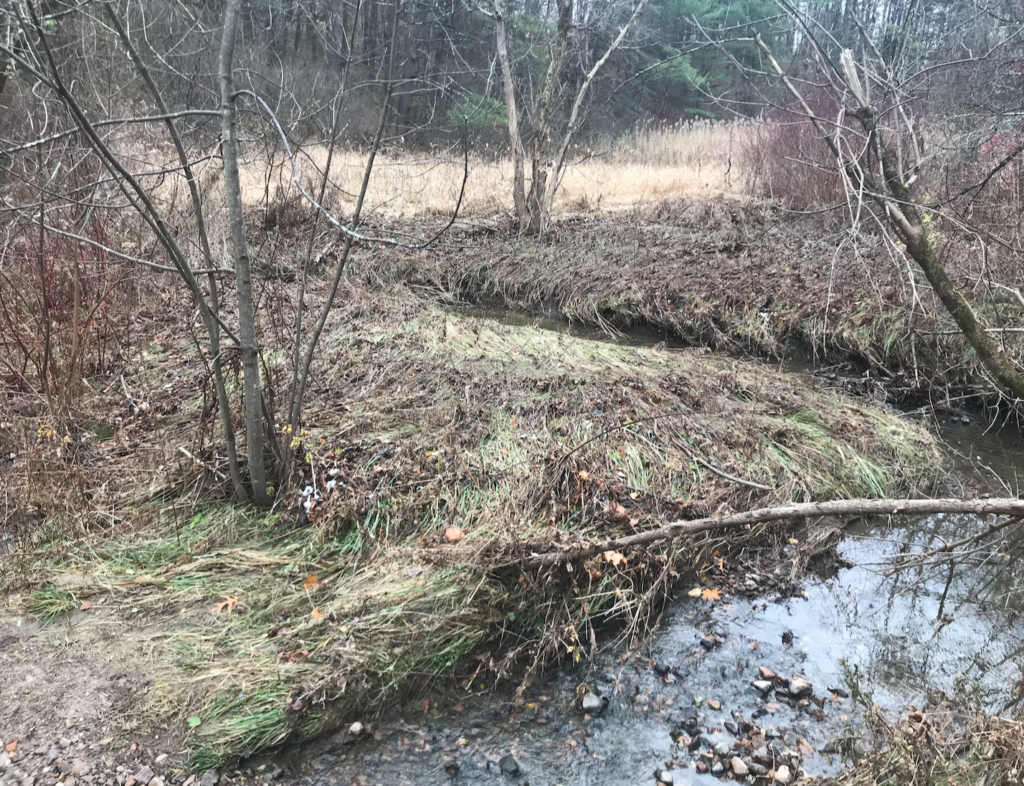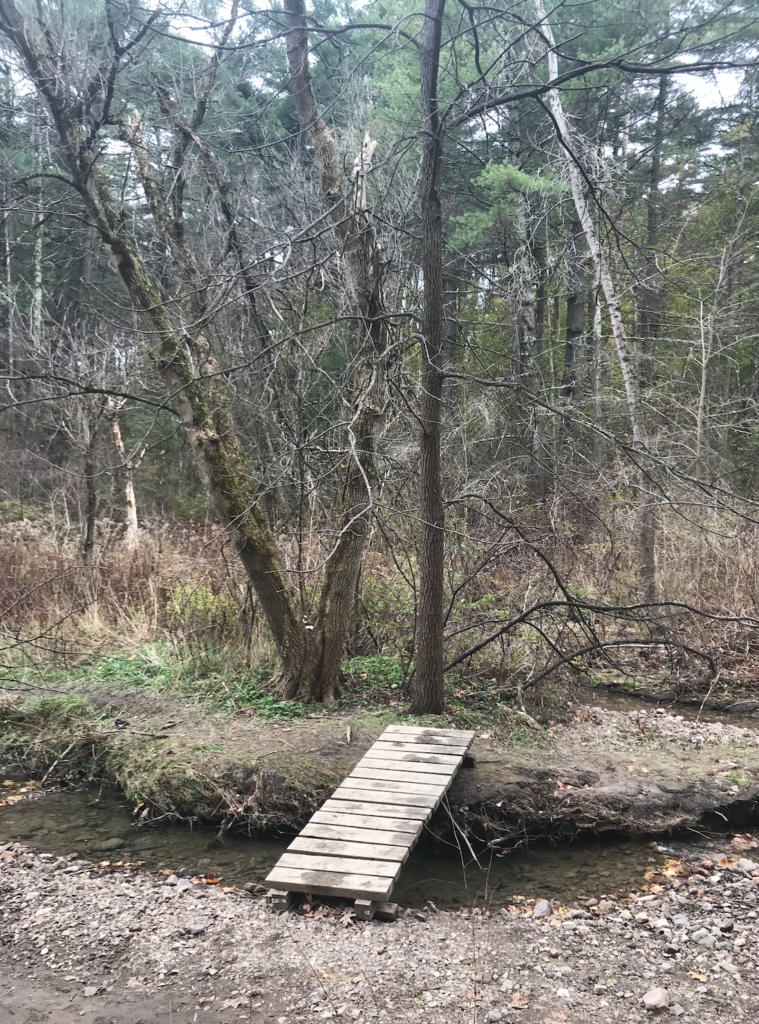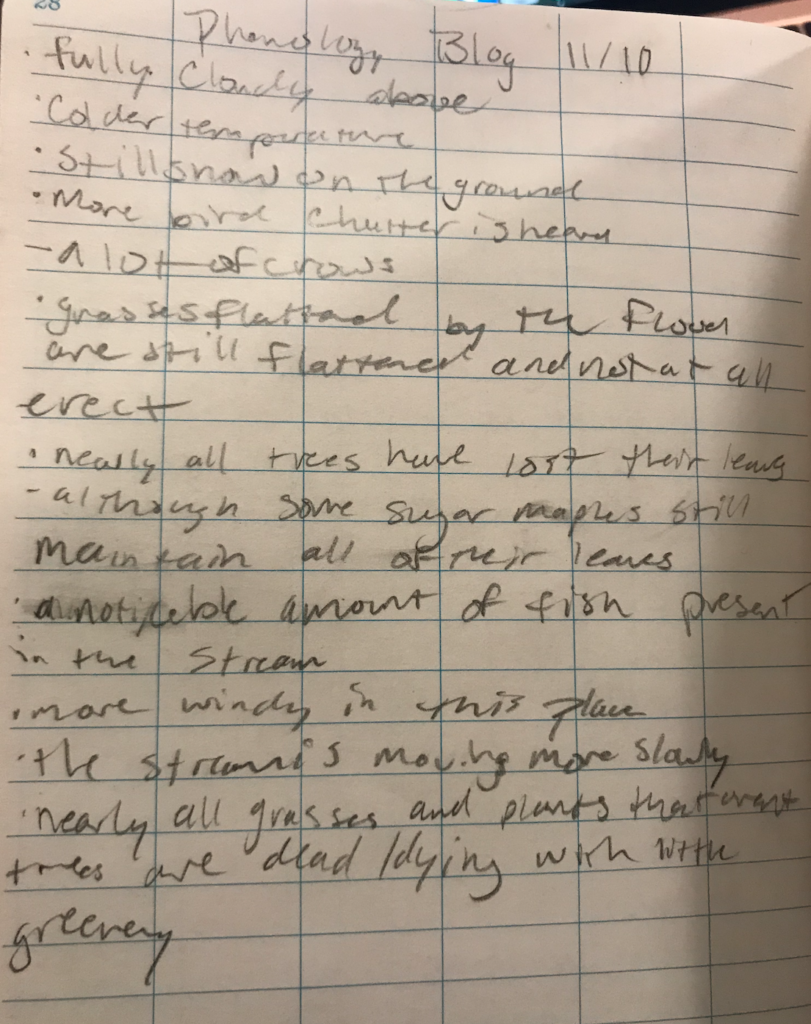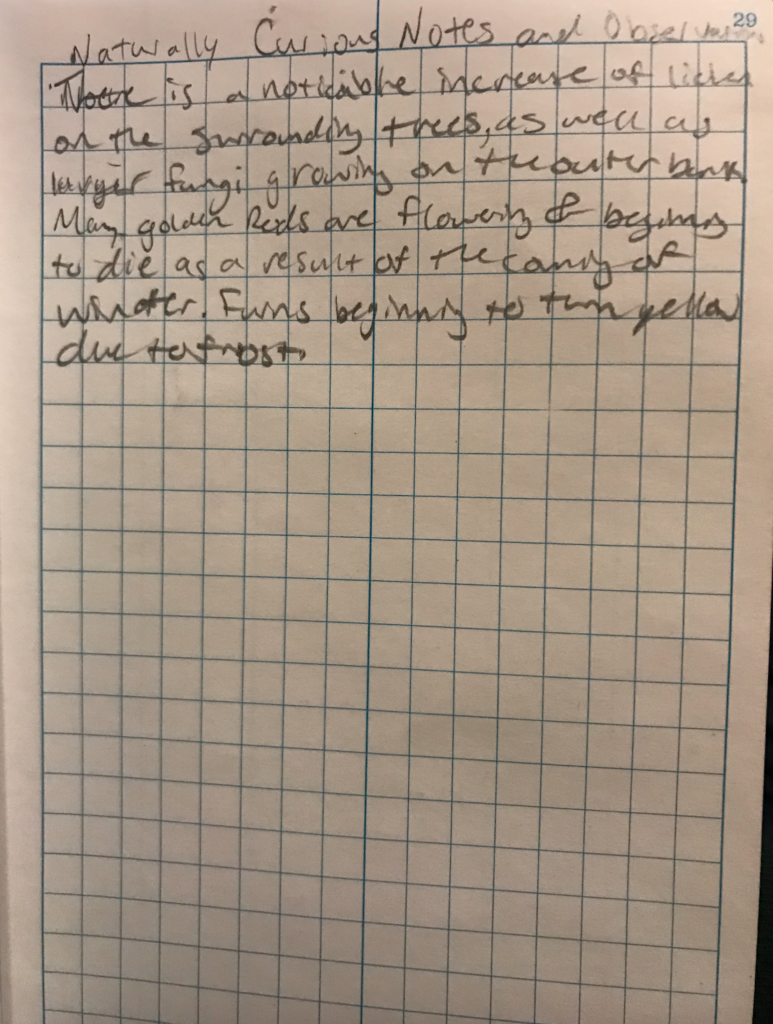Over the short period of time that we have done this phenology assignment, the change observed has been immense. Over these past couple months, I have observed a variety of phenological changes including the turning and shedding of leaves, the change in the course of the stream, and many plants slow preparation for the impending winter. These plants are truly remarkable in their resistance and ability to change with the seasons. For decades, these plants have survived year after year of harsh winters, violent storms, and deadly droughts, forming the place that I see today.
Although gradual, these changes are noticeable, and reciprocate the changing environment around them. In many other places in the area, similar phenological trends occur, like the changing of foliage, and slow decay of shrubs and tree growth in preparation for winter. These kinds of foliage changes and natural greying of the environment is something that I have experienced my whole life in the North East, so it gives me a sense of home and connection to the land and changing season. For some this “greying” of nature may have negative connotations since it means a long cold winter, yet for me, it is something special since I have spent every year playing in and enjoying the snow and enjoying these winter months as much as I can.
To many these woods may look like they have been around for years. But before they grew back into a forest, they were used to be pastures cleared to raise cows and sheep. Later being bought by UVM, Centennial woods were able to grow back into an area that can be enjoyed for its natural beauty. Beyond its relatively recent history, Centennial Woods itself has changed on a much larger time scale. Every aspect of this area has taken years to grow and build up into what it is now, countless numbers of organisms and processes as well as erosion and meandering of its stream, contributing to what we are able to see today.
